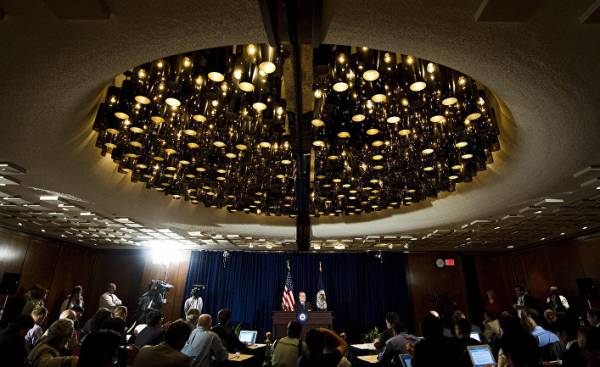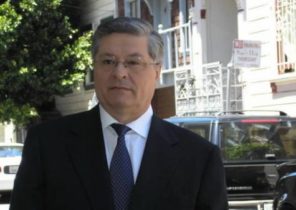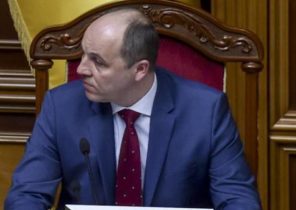
The Federal reserve system (fed) March 15, don’t just increased its base interest rate by a quarter point, which is only the third increase for more than 10 years, she has taken an important step forward in the transition period in politics.
In the hope that I formerly called the “great normalization” of rates, the Central Bank goes beyond strict dependence on the data and confidence begins to lead markets, not follow them. In the process of preferences strategic behavior tactical, the fed will (and should) pay more attention to other institutions responsible for economic policy. These include American political institutions, addressing issues of taxation, trade, labor market, legislation, and other systemically important Central banks, particularly the European Central Bank and the Bank of Japan.
While we wait for the publication of minutes of Committee on operations in open market FRS, logical explanation of today’s rate hike and policy changes presented in the statement published at the end of two days of talks. It reinforced the comments of fed Chairman Janet Yellen (Janet Yellen) at a press conference held after the rate increase, and they are in tune with both domestic and international factors determining the economic Outlook and balance of risks.
While the economy continues to develop, the fed emphasized the improvement of its condition, and welcomed the further strengthening of the labour market. At the moment the top leadership of the fed satisfied the inflation, tending to the two per cent rate in the long-term calculations of the Central Bank. These internal factors seem to be accompanied by a decrease in concern over potential obstacles that the us economy may face in connection with what is happening abroad.
However, the assessment of the fed regarding the future increase in interest rates (which are reflected in the so-called scatter plot indicating the individual forecasts of the members of the Committee for open market operations), reiterated the policy of “priority zone” with two more rate hikes this year and three in 2018. Control the Central Bank has also deferred consideration of any changes in their balance sheet: this is an indication that they will continue to hold a large quantity of bonds and securities asset-backed securities.
Much of the above was predicted in a recent market review, quickly brought in line with the expectations that a rate hike will likely occur during the March meeting of the operations Committee on the open market. Just over two weeks ago when the likelihood of a rate hike in March was only 30%, the officials seemed to have worked so smoothly that tripled those expectations. It happened surprisingly quickly and methodically.
Despite the fact that the fed is still not reflected in its economic forecasts and associated movements future rates, the fed notes the progress of the transformation of triad development plans trump (tax reform, reduction of state intervention in the economy and investments in infrastructure) in a secure policy. If the administration of the President and Congress fulfill their promises, the fed will first shift the balance of risks to the downside situation, and then will accelerate the timing of a rate increase.
The fed has too long been the only decent player on the pitch. Fortunately, now she has the opportunity for a methodical normalization of policy, but she is unable to freely travel this path alone. The Central Bank — as well as the American economy and global economy as a whole — requires that the game has joined other leading political institutions and used the tools that better fit the challenges.







